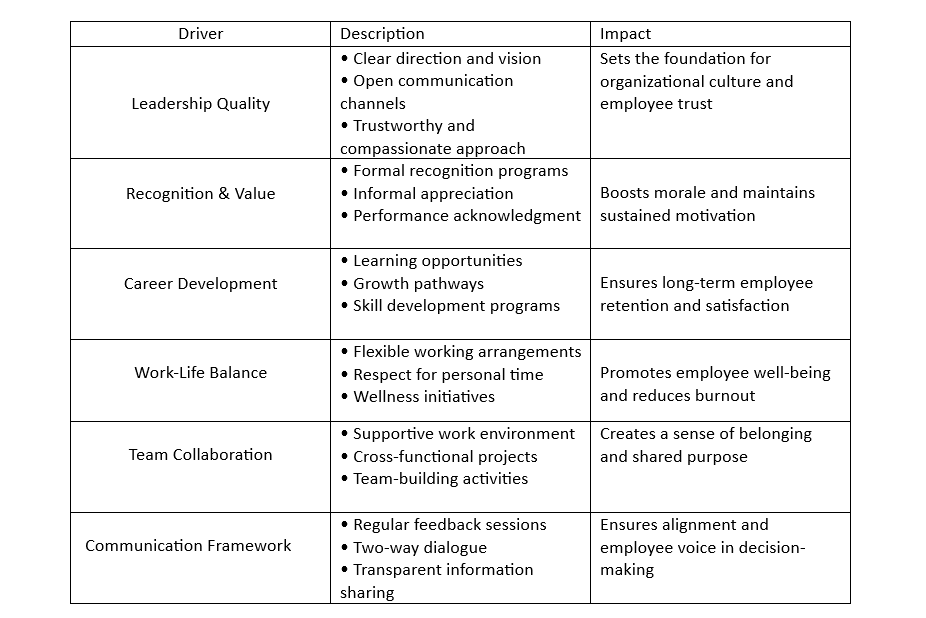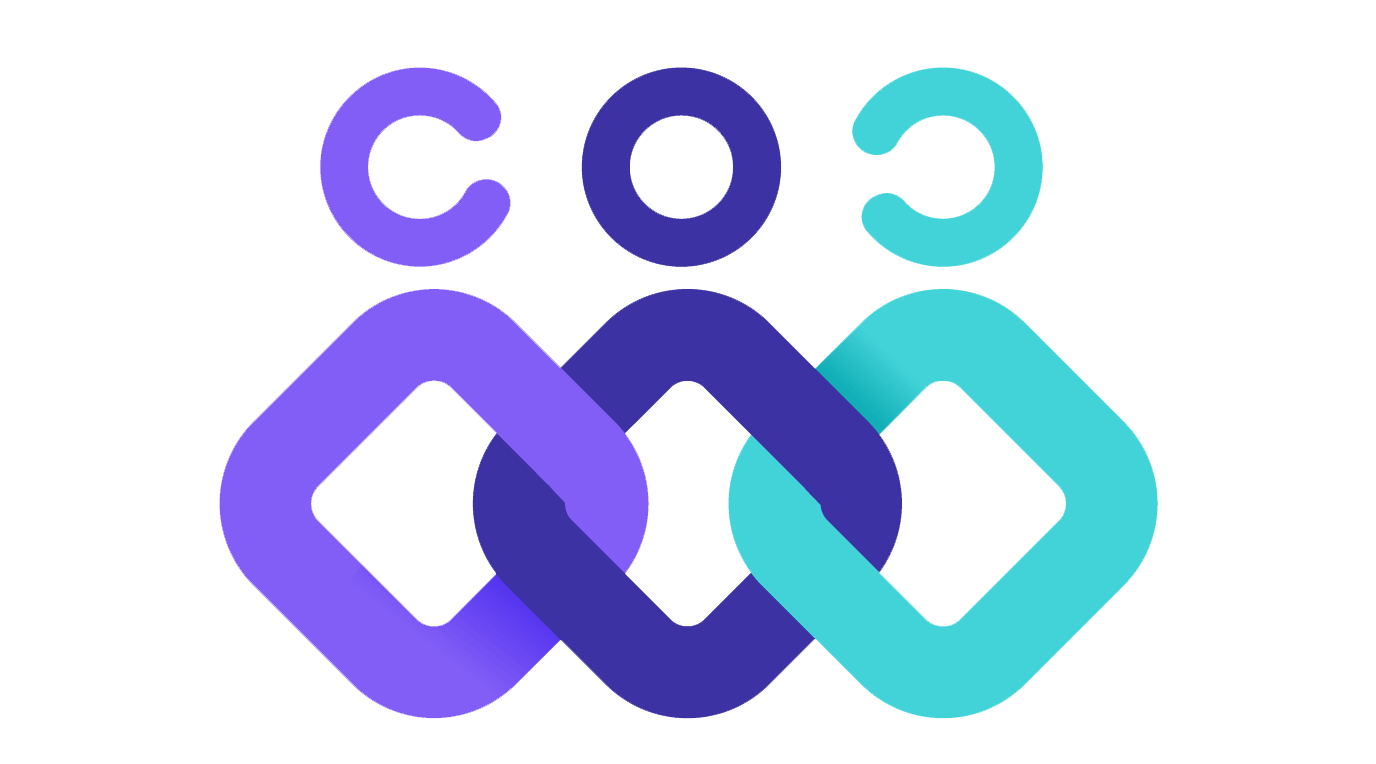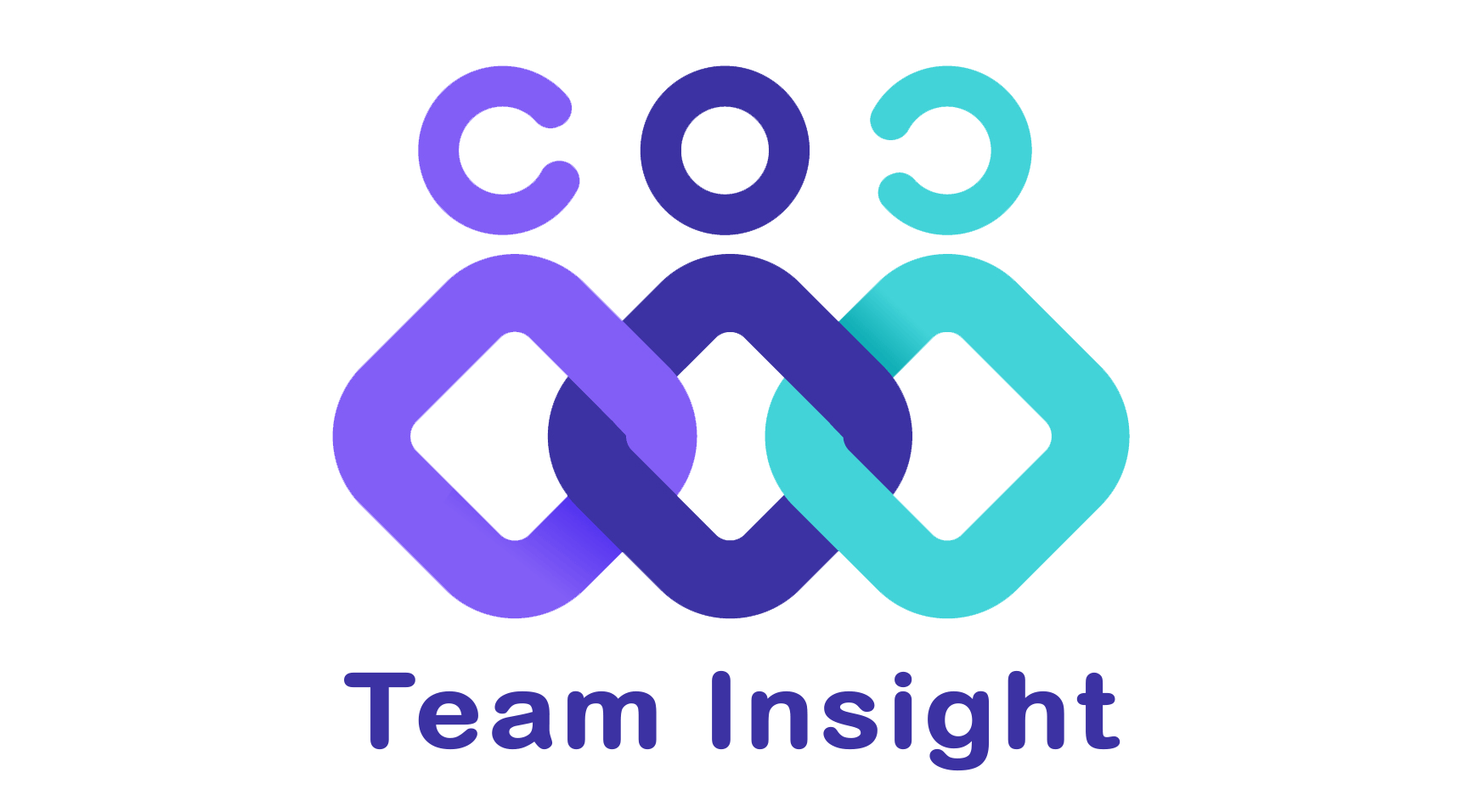- Home
- Product
-
Product Overview
Team Insight combines performance management, recognition, and local rewards in a single loop — so teams grow fairly, stay engaged, and feel valued.
PRODUCT
Employee Performance Management Software
Tools to improve performance and growth tracking.
Employee Recognition & Rewards Software
Build positivity by valuing daily wins.
Employee Engagement Software for SMEs
Drive productivity with clear access and accurate tracking.
OKR & KPI Software for Small Teams
Tools to improve performance and growth tracking.
-
- Resources
- Capture leads and make buying easySed ut perspiciatis unde omnis iste natus error sit voluptatem accusantium doloremque laudantium, totam aperiam, eaquecy epsa abillo inventore veritatis architecto beatae
- Complete documentation
- Working materials in Figma
- 100GB cloud storage
- 500 team members
- Complete documentation
- Working materials in Figma
- 100GB cloud storage
- 500 team members
 Capture leads and make buying easySed ut perspiciatis unde omnis iste natus error sit voluptatem accusantium doloremque laudantium, totam aperiam, eaquecy epsa abillo inventore veritatis architecto beatae
Capture leads and make buying easySed ut perspiciatis unde omnis iste natus error sit voluptatem accusantium doloremque laudantium, totam aperiam, eaquecy epsa abillo inventore veritatis architecto beatae- Complete documentation
- Working materials in Figma
- 100GB cloud storage
- 500 team members
- Complete documentation
- Working materials in Figma
- 100GB cloud storage
- 500 team members
Capture leads and make buying easySed ut perspiciatis unde omnis iste natus error sit voluptatem accusantium doloremque laudantium, totam aperiam, eaquecy epsa abillo inventore veritatis architecto beatae- Complete documentation
- Working materials in Figma
- 100GB cloud storage
- 500 team members
- Complete documentation
- Working materials in Figma
- 100GB cloud storage
- 500 team members
 Capture leads and make buying easySed ut perspiciatis unde omnis iste natus error sit voluptatem accusantium doloremque laudantium, totam aperiam, eaquecy epsa abillo inventore veritatis architecto beatae
Capture leads and make buying easySed ut perspiciatis unde omnis iste natus error sit voluptatem accusantium doloremque laudantium, totam aperiam, eaquecy epsa abillo inventore veritatis architecto beatae- Complete documentation
- Working materials in Figma
- 100GB cloud storage
- 500 team members
Latest Product Updates
Strong Signals
Accelerate Your Monitoring Efforts with ‘Team Insight,’ an AI-Powered Solution.
Smart Ideation
Enhance Your Creative Process with GenAI-Powered Ideation.
Knowledge Hub: Articles, Webinars...Explore our blog, webinars, and case studies to stay informed. Visit the Help Center for all the resources you needContent summary: Discover insights and expert advice through our blog to stay updated with the latest trends and solutions.
Discover insights and expert advice through our blog to stay updated with the latest trends and solutions.
Join our webinars for expert-led discussions and real-time learning from industry leaders.

Explore our case studies to see how our solutions drive success in real-world scenarios.

Visit our Help Center for quick answers, resources, and support to assist you every step of the way.
Articles, Webinars...
Explore our blog, webinars, and case studies to stay informed. Visit the Help Center for all the resources you need
RESOURCES
Blog Articles
Discover insights and expert advice through our blog
Webinars
Join our webinars discussions and learning from industry leaders.
CaseStudies
Explore our case studies
Help Center
Visit our Help Center for quick answers, resources.
-
- Success Stories
- Login
- Pricing
- Our Team
- Company
-
A Story of Growth, Trust, and Vision
Our journey is built on a commitment to empowering people and increasing employee productivity. By fostering trust and innovation, we aim to create a work environment where growth and success go hand in hand.
About Us: A team driven by innovation, focused on growth and productivity.
A team driven by innovation, focused on growth and productivity.
Contact us with any questions or feedback. Let’s boost productivity together.
A Story of Growth...
Our journey is built on a commitment to empowering people and increasing employee productivity. By fostering trust and innovation, we aim to create a work environment where growth and success go hand in hand.
ABOUT OUR COMPANY
About Us
A team driven by innovation, focused on growth and productivity.
Contact Us
Contact us with any questions or feedback. Let’s boost productivity together.
-
- Home temp

What Is Employee Engagement? Strategies for Every Level of Your Team
Employee Engagement is a Key in Creating a Thriving and Productive Workplace. This measures the emotional involvement that an employee has for their work, their team and the organization. Engaged employees are not content with the job, they care about their company and want to see it succeed and so more than passively do what is expected of them. OK, but what motivates employee engagement and how can team leaders motivate all levels within their organization? In this post, let us look at the pillars, drivers and levers for engagement in your workplace.

What are the Levels of Employee Engagement?
Employee engagement revolves around varying levels. so, you have to learn that from the get go. Not every employee will be engaged in exactly the same way and organizations usually observe employees falling into three macro categories:
- Engaged Employees — They are going to be super stars in what they do, apparently excited and driven about their work.
They always do their bit to the organization and want their organization to succeed, in doing themselves proud as well.
- Not Engaged Employees: They do their job, but without enthusiasm or an emotional investment in the work. They might get the job done, but are probably not going to go above and beyond or take initiative.
- Those we refer to as Actively disengaged employees: This is where the lack of motivation crosses into negativity and discontentment which can undermine team morale and productivity.
Knowing where your team members land in these categories is the first step in crafting targeted strategies to drive engagement.
Why Is Employee Engagement Important?
Employee engagement goes beyond mere sentiment; it’s a tangible necessity for organizations. Why does it matter…?
- Higher Output: Engaged employees are more productive because they work harder and smarter, missing the “extra mile” to an even higher level.
- Increase Retention: If employees get vested in what they do and the causes of the organization, they are less likely to leave causing companies spend huge dollars to retain top talent.
- Increased Customer Satisfaction: When employees who are more satisfied do the service and this satisfaction is felt by the customers.
- – Boosted Innovation: Employees who feel valued and motivated are more willing to share innovative ideas.
Better Organizational Culture (Culture Drives People, People Drives Culture): High levels of engagement build a healthy work culture companies want to capitalize on.
In essence, employee engagement is one of the most critical drivers for organizational success and sustainability.

Key Factors Driving Employee Engagement
Employee engagement is influenced by several key factors that consistently emerge across different organizational contexts and industries. Let’s examine these crucial drivers in a structured format:

Who Powers Employee Engagement?

Although employee engagement is a shared concern, there some roles in the organization are more accountable for creating employee engagement than others:
- Leadership Team: At the top of an organization signal to serve as leaders by exhibiting engagement consistent with what that organization stands for. Their vision, how they communicate and make decisions has a huge influence on employee’s morale.
- Managers: Managers are invloved more at the operational level of employee engagement. They are tasked to foster relationships with team members, deliver feedback, celebrate successes and surface (and solve) challenges.
- HR professionals: And the HR department is critical in designing programs, policies and initiatives that sustain engagement. HR establishes the framework of being engaged through on-boarding, performance management betterment video-gram.
- Employees: The onus of engagement is not solely an employer’s game — employees have an active role in terms of framing their own motivation and working to find ways to add value.
By fostering collaboration among these groups, organizations can create a culture where engagement thrives.
The Role of HR in Employee Engagement
HR professionals are instrumental in driving employee engagement across all levels of an organization. Here are some ways HR can contribute:
- Developing Engagement Strategies**: HR can design tailored strategies that address the unique needs of different teams or departments.
- Facilitating Training Programs: Offering leadership development programs or workshops on communication skills can enhance relationships between managers and employees.
- Conducting Surveys: Regular employee surveys provide valuable insights into engagement levels and highlight areas for improvement.
- Implementing Recognition Programs: HR can establish systems for recognizing employee achievements, such as awards or peer-to-peer recognition platforms.
- Promoting Diversity and Inclusion: A diverse and inclusive workplace fosters a sense of belonging, which is critical for engagement.
- Monitoring Work-Life Balance Initiatives**: HR can ensure that policies such as remote work options or mental health resources are effectively implemented.
By taking a proactive approach, HR can help create an environment where employees feel supported and valued.
Employee Engagement Best Practices
To build and sustain high levels of employee engagement, organizations should adopt best practices that align with their goals and values. Here are some actionable tips:
- Set Clear Expectations: Ensure that employees understand their roles, responsibilities, and how their work contributes to organizational objectives.
- Encourage Open Communication: Create channels for honest feedback and dialogue between employees and leadership. Regular check-ins or town hall meetings can be effective.
- Provide Growth Opportunities: Offer training programs, mentorship opportunities, or stretch assignments to help employees develop new skills.
- Recognize Achievements Frequently: Celebrate both small wins and major milestones to show appreciation for employees’ efforts.
- Foster a Positive Workplace Culture: Promote values such as respect, collaboration, and transparency to build trust among team members.
- Invest in Employee Well-Being: Provide resources that support mental health, physical wellness, and work-life balance.
- Measure Engagement Regularly: Use surveys or other tools to track engagement levels over time and identify trends or areas for improvement.
- Empower Managers: Train managers to be effective leaders who can inspire their teams and address challenges proactively.
By implementing these practices consistently, organizations can create a workplace where employees feel motivated to perform at their best.
Conclusion
Employee engagement is not a one-time initiative; it requires ongoing effort from leaders, managers, HR professionals, and employees themselves. By understanding the levels of engagement, focusing on key drivers, and adopting best practices, organizations can create an environment where employees feel valued, motivated, and connected to their work. Ultimately, fostering employee engagement is not just about improving productivity—it’s about building a workplace where people thrive both personally and professionally.














